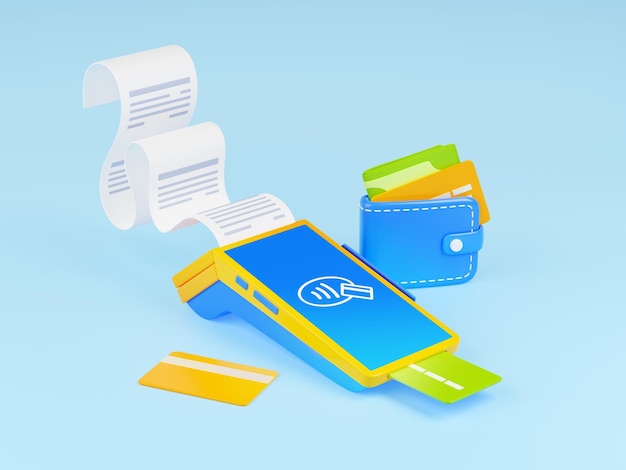
Credit card debt can be a huge problem for many people. The high-interest rates and just making minimum payments can make getting rid of debt seem impossible. But with the right approach and a solid plan, you can get rid of your credit card debt in just one year.
Even if the year is almost over, there’s still time to make some serious progress on paying down your debt. If you stick to a well-thought-out plan, you might be surprised at how much you can reduce your balances before the year ends. Starting the new year without credit card debt can feel incredibly freeing, and this guide is here to help you achieve that. Here’s how to get started:
1. CREATE A BUDGET
Start by making a detailed budget. Knowing where your money goes each month is key to figuring out how to pay down your debt. List all your sources of income and all your expenses, including rent, utilities, and groceries. This will show you how much extra money you have to pay towards your credit card bills.
Next, divide your expenses into “essential” and “non-essential” categories. Essentials are things you can’t live without, like rent, utilities, and groceries. Non-essentials include things like entertainment subscriptions and dining out. By understanding your spending, you can see where you might cut back to free up more money for debt repayment.
2. PRIORITIZE YOUR CREDIT CARD DEBTS
If you have multiple credit cards, it’s important to figure out which ones to pay off first. Focus on paying off the cards with the highest interest rates first because they cost you the most in the long run. Make sure to still cover the minimum payments on your other cards, but put as much as you can towards the one with the highest interest.
For example, if you have three cards with balances of $2,000, $600, and $300, it might make sense to tackle the largest balance first. Alternatively, you might pay off the smallest balance first for a quick win and a boost in motivation.
3. NEGOTIATE LOWER INTEREST RATES
If you have a good payment history or your credit score has improved, try talking to your credit card company about lowering your interest rate. Even a small reduction can save you a lot of money over time.
You might also consider balance transfer cards. These can let you move your debt to a new card with 0% APR for a set period, allowing you to pay off your debt faster without extra interest.
Another option is a personal loan with a lower interest rate than your credit cards. This can help reduce overall interest and simplify your payments by consolidating your debt.
4. REDUCE YOUR EXPENSES
Look for ways to cut your spending and use the savings to pay off your debt. This might mean cooking at home more often, canceling subscriptions you don’t need, or cutting back on other non-essentials. Using a cash budget for a while can help you avoid overspending and save more money for debt repayment.
5. CONSIDER DEBT CONSOLIDATION
If you have high balances and interest rates on multiple cards, consolidating your debt might make your payments easier and lower your overall interest rate. This is especially helpful if you’re struggling to keep up with multiple minimum payments.
In conclusion, getting rid of credit card debt takes dedication and effort, but it’s definitely doable with a good plan. By creating a budget, focusing on high-interest debts, negotiating lower rates, cutting back on expenses, and possibly consolidating your debts, you can move towards a debt-free future.
Remember to celebrate your progress along the way and don’t hesitate to seek professional advice if you need it. Good luck!